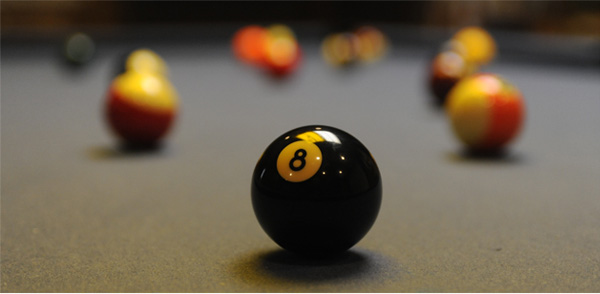Freytag's Pyramid
Gustav Freytag was a Nineteenth Century German novelist who saw common patterns in the plots of stories and novels and developed a diagram to analyze them. He diagrammed a story's plot using a pyramid like the one shown here:
1. Exposition: setting the scene. The writer introduces the characters and setting, providing description and background.
2. Inciting Incident: something happens to begin the action. A single event usually signals the beginning of the main conflict. The inciting incident is sometimes called 'the complication'.
3. Rising Action: the story builds and gets more exciting.
4. Climax: the moment of greatest tension in a story. This is often the most exciting event. It is the event that the rising action builds up to and that the falling action follows.
5. Falling Action: events happen as a result of the climax and we know that the story will soon end.
6. Resolution: the character solves the main problem/conflict or someone solves it for him or her.
7. Dénouement: (a French term, pronounced: day-noo-moh) the ending. At this point, any remaining secrets, questions or mysteries which remain after the resolution are solved by the characters or explained by the author. Sometimes the author leaves us to think about the theme or future possibilities for the characters.
You can think of the dénouement as the opposite of the exposition: instead of getting ready to tell us the story by introducing the setting and characters, the author is getting ready to end it with a final explanation of what actually happened and how the characters think or feel about it. This can be the most difficult part of the plot to identify, as it is often very closely tied to the resolution.
http://www.ohio.edu/people/hartleyg/ref/fiction/freytag.html
From this, it has giving me a better understanding of Freytag's Pyramid










